
Lipoma removal is a routine surgical procedure primarily performed by dermatologists who specialize in skin surgery. Patients often seek removal of a lipoma due to irritation from clothing or movement, or out of self-consciousness regarding its appearance. These benign tumors, composed of fatty tissue, are typically harmless but can be bothersome.
At facilities like Moein Surgical Arts, patients receive comprehensive supportive care throughout the surgical process and recovery. From pre-operative consultations to post-operative follow-ups, dermatologists ensure that patients are well-informed and comfortable. Local anesthesia is used to minimize discomfort during the procedure, which usually takes about 30 minutes. Following removal, care teams provide clear instructions for wound care and monitoring for signs of infection to promote optimal healing.
Overall, lipoma removal is a straightforward intervention that addresses both physical discomfort and aesthetic concerns, enabling patients to feel more at ease in their skin.
Lipomas are fairly common benign tumors, occurring in about 1 out of every 1,000 people. Their prevalence is notably seen in individuals between the ages of 40 and 60, although they can develop at any age. These soft tissue growths affect all genders, but they exhibit a slight predominance in women.
Generally, lipomas are harmless and do not pose serious health risks. Many individuals may have one or more lipomas without experiencing any symptoms, and they often go unnoticed. However, there are instances when removal might be required. This can occur if the lipoma becomes painful, affects mobility, or causes cosmetic concerns. In such cases, a healthcare professional may recommend surgical excision.
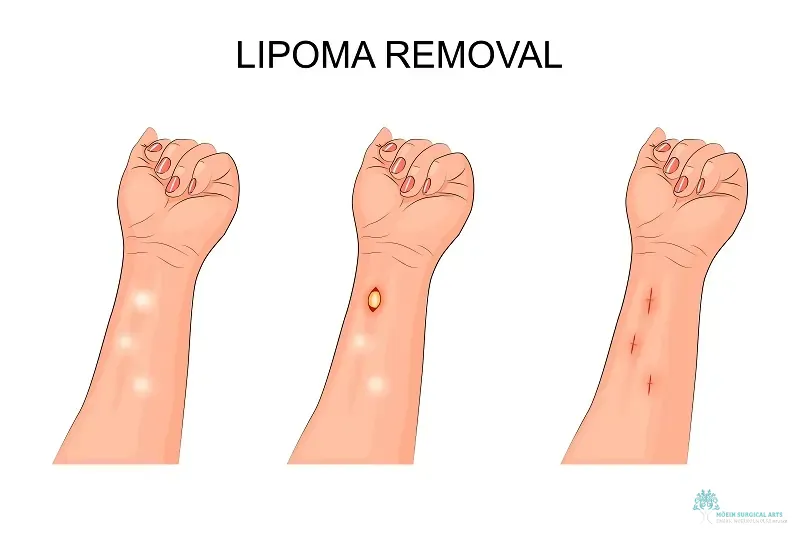
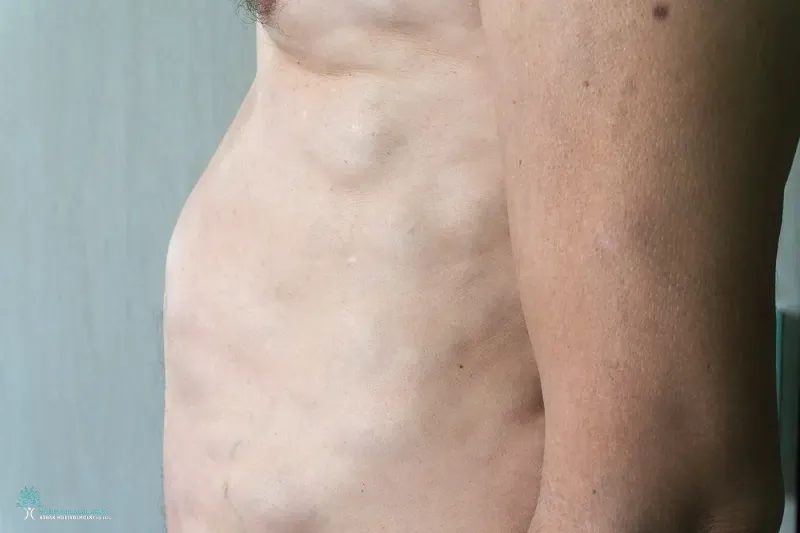
A lipoma is a benign tumor made of soft tissue that typically presents with several distinct symptoms. They are generally soft and doughy to the touch and can be easily moved under slight pressure. Most lipomas are less than two inches in diameter. While they are often painless, some individuals may experience tenderness or discomfort if the lipoma presses on nearby nerves or contains numerous blood vessels.
Common locations for lipomas include the neck, shoulders, back, abdomen, arms, and thighs. Their presence in these areas can sometimes lead to discomfort, particularly if they interfere with normal movement or pressure dynamics in the surrounding tissues.
It's important to monitor any changes in size or shape, and while lipomas are generally harmless, consulting a healthcare professional for evaluation is advisable if any concerning symptoms arise. Understanding the symptoms and common locations of lipomas can aid in awareness and early detection.
Lipomas are benign tumors composed of fatty tissue that can develop almost anywhere on the body. However, they are most frequently found beneath the skin in various locations, including the arms, legs, back, neck, shoulders, trunk, and forehead. These growths are generally painless and may vary in size, often presenting as soft, movable lumps under the skin.
While it is common for individuals to have one or more lipomas, there are instances, albeit rare, where these growths can occur on muscles, internal organs, or even within the brain. The presence of multiple lipomas can sometimes indicate a genetic predisposition, leading to a condition known as familial multiple lipomatosis.
Lipomas are benign tumors composed of adipose (fat) tissue, and their exact cause remains unclear. Research suggests that they may develop due to genetic factors, as there is a hereditary component in some cases. Certain conditions are associated with a higher incidence of lipomas, including Dercum's disease, characterized by painful lipomas, Gardner syndrome, which involves multiple lipomas along with other tumors, and Madelung's disease, where lobulated masses of fat form around the neck and shoulders.
Lipomas are most commonly found in middle-aged individuals, and while their appearance can be spontaneous, they may also develop after an injury. The mechanisms underlying their development are still under investigation, with hypotheses involving genetic mutations that affect fat metabolism and cell growth. Despite ongoing research, the specific factors that trigger lipoma formation continue to elude definitive explanation.
Lipomas are typically diagnosed through a comprehensive physical examination, where a healthcare provider assesses the soft, movable lump under the skin’s surface. During the examination, the provider notes characteristics such as size, consistency, and tenderness, which can help distinguish a lipoma from other types of growths.
Discussing personal and family medical history is crucial, as it may reveal hereditary factors or predispositions to certain conditions. Imaging tests, including ultrasounds, CT scans, and MRIs, play an essential role in the diagnosis, providing detailed views of the lump. These tests help differentiate lipomas from cysts and potential malignancies like liposarcomas by examining the tissue composition and structure.
In cases where the diagnosis remains uncertain, a biopsy may be necessary. A sample of the lump’s tissue is taken for laboratory analysis to confirm whether it is indeed a lipoma or something more concerning. Thus, a combination of physical examination, imaging tests, and, if needed, biopsy, constitutes the thorough diagnostic approach for lipomas.
Lipomas are benign tumors primarily composed of adipose (fat) tissue, with various types exhibiting unique characteristics based on their composition.
1. Conventional Lipoma: The most common type, these are soft, painless lumps made predominantly of mature adipocytes without significant additional tissues.
2. Angiolipoma: This variant contains both fat and blood vessels, often occurring in painful subcutaneous locations. They frequently present in young adults and can be tender.
3. Hibernoma: Composed of brown adipose tissue, hibernomas are rare and usually found in areas like the spine and thigh. They are associated with thermogenic fat and have a richer blood supply than conventional lipomas.
4. Fibrolipoma: This type has a fibrous component along with adipose tissue, leading to a firmer consistency compared to traditional lipomas.
5. Intramuscular Lipoma: These occur deep within muscle tissue, making them harder to diagnose. They can cause discomfort due to their location and size.
6. Myelolipoma: A rare type found primarily in the adrenal gland, these tumors comprise mature adipose tissue and hematopoietic elements (blood-forming tissue).
Each type of lipoma shows unique features varying in fat composition and additional tissues.
Treatment options for lipomas typically focus on the individual’s needs, as most lipomas do not require treatment unless they cause discomfort or are cosmetically unappealing. Surgical excision is considered the most effective method for removal, ensuring the complete elimination of the lipoma and preventing recurrence. For larger lipomas, liposuction may be utilized as an alternative to minimize scarring while effectively reducing fatty tissue.
In cases of small, non-problematic lipomas, monitoring is often suggested, with regular check-ups to ensure they are not changing or causing issues. However, for symptomatic or giant lipomas, surgical removal is usually pursued to provide relief and improve appearance.
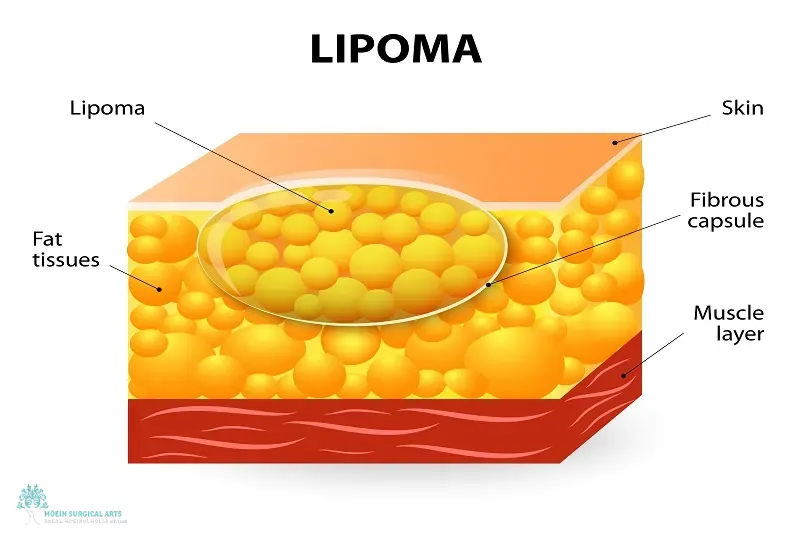
Both surgical excision and liposuction are typically performed as outpatient procedures, allowing patients to return home on the same day. Ultimately, the best treatment approach depends on factors such as the size, location, and the individual’s personal preferences regarding their lipoma.

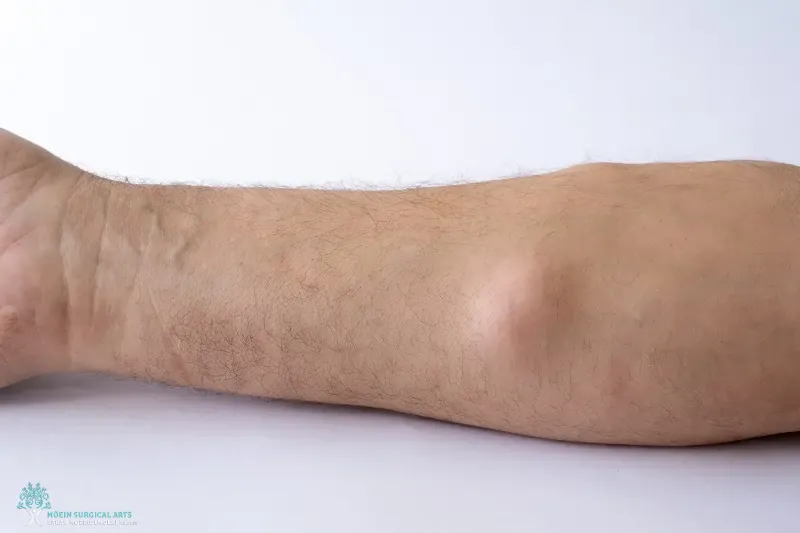
Lipomas are benign tumors composed of fatty tissue that are often inherited within families. This genetic predisposition means that, unfortunately, they cannot be prevented. If lipomas run in your family, it’s likely that you may also develop them at some point in your life.
While direct prevention of lipomas isn’t possible, there is some evidence to suggest that limiting alcohol consumption may help reduce the risk of developing Madelung's disease. This condition is characterized by multiple lipomas and typically occurs in individuals with a history of alcohol abuse.
Therefore, mindful management of alcohol intake might be beneficial for those concerned about this possible association.
Regardless of their cause, any unusual growths on your body should be evaluated by a healthcare provider. They can help determine whether the growth is a lipoma or something that requires further attention. Always prioritize your health by seeking professional advice when it comes to changes in your body.
The outlook for people with lipomas is generally positive. Most individuals live with these benign tumors without requiring treatment, as they seldom cause significant issues. Lipomas are typically painless and can often go unnoticed for years. When treatment is necessary, removal is straightforward, and lipomas rarely grow back after excision.
While most lipomas do not pose any problems, they can lead to discomfort if they press on nearby nerves or muscles. In such cases, individuals might consider treatment to alleviate pain and improve comfort. However, it’s important to remember that most lipomas remain asymptomatic and do not affect one's overall health or quality of life.
If you have a lipoma or notice a new lump or skin growth, it’s crucial to consult your healthcare provider for evaluation. While lipomas are typically harmless, it’s essential to rule out serious conditions like liposarcoma.
You should seek medical attention if you experience any of the following symptoms: sudden pain in the area, rapid growth of the lipoma, changes in its hardness, or if it becomes immobile. These signs may indicate that further investigation is necessary.
Your healthcare provider can assess the lipoma and determine whether removal is needed, particularly if it presents with changes or discomfort. Early evaluation can help ensure any underlying issues are addressed swiftly.
Remember, while lipomas are generally benign, any changes in your skin or lumps should not be ignored. Prioritize your health by monitoring your symptoms and seeking medical advice when necessary.
Los Angeles Lipoma removal is a routine surgical procedure typically performed under local anesthesia, enabling patients to return home the same day. The surgery involves making a small incision over the lipoma, allowing the surgeon to excise the fatty tumor completely. This minimally invasive approach ensures a quick recovery with minimal discomfort.
Alternative treatments for lipomas include steroid injections, which may reduce the size of the lipoma, and liposuction, a less invasive method that can be used for smaller lipomas. However, these alternatives may not completely eliminate the lipoma.
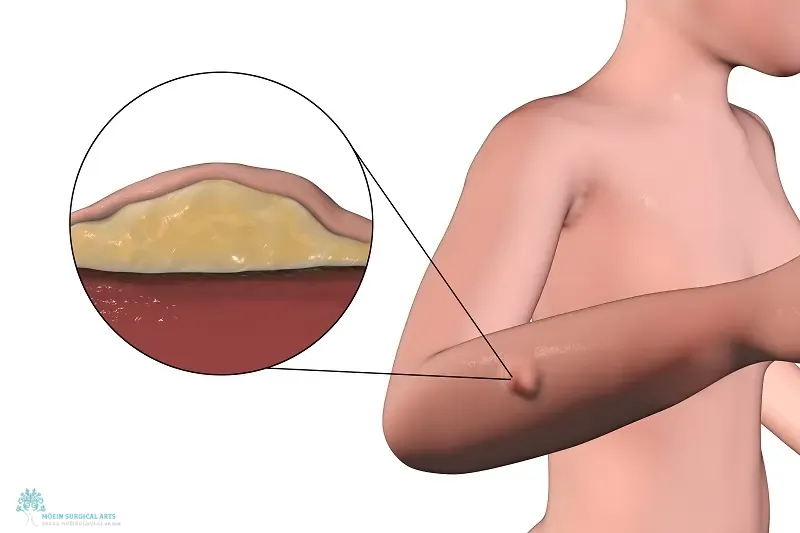
The cost of lipoma removal varies, usually ranging from $1,000 to $5,000, depending on the location and complexity of the procedure. Patients are advised to check with their insurance providers regarding coverage, as some plans may cover surgical removal while others may not.
If you have concerns about a lipoma, consult with Dr. Moein to discuss your treatment options and the best course of action for your specific situation.